[14 Aug 2019]
Here is an introduction to immersive audio and music, as written by our in-house immersive mixing and mastering engineer, James Kershaw:
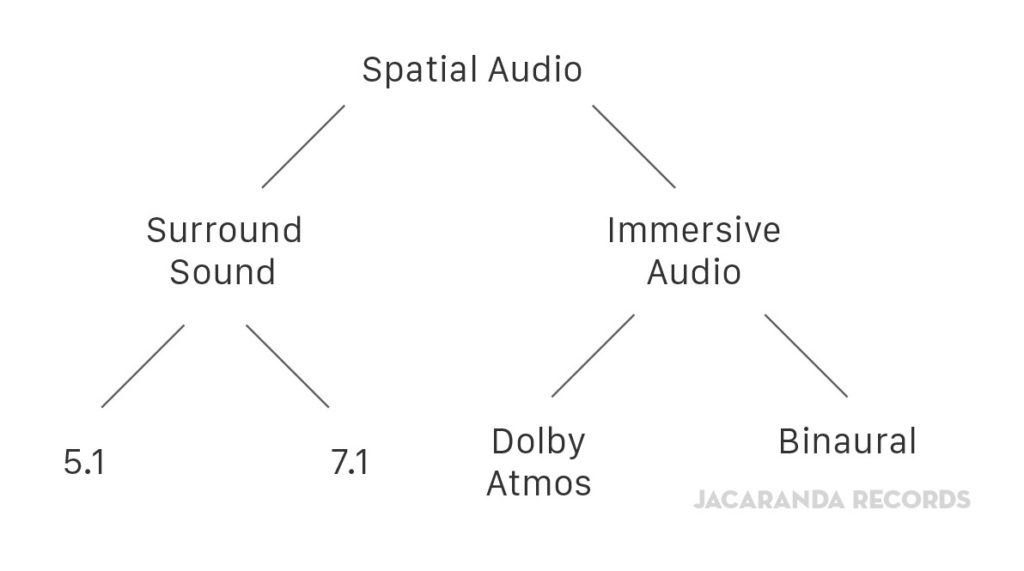
Immersive audio is the latest innovation in the field of spatial audio. It expands upon surround sound by adding the third dimension of height, allowing the listener to be fully enveloped in a sphere of sound:

Sometimes referred to as “3D audio”, the pinnacle of immersive audio experiences will be found in the cinema or home theatre. Dolby Atmos enabled cinemas can feature up to 64 loudspeakers placed around and above the audience, as well as behind the screen. This specific technology gives re-recording mixers the ability to place a sound anywhere in the room by using sound-objects rather than traditional channels (like we have with stereo or 5.1).

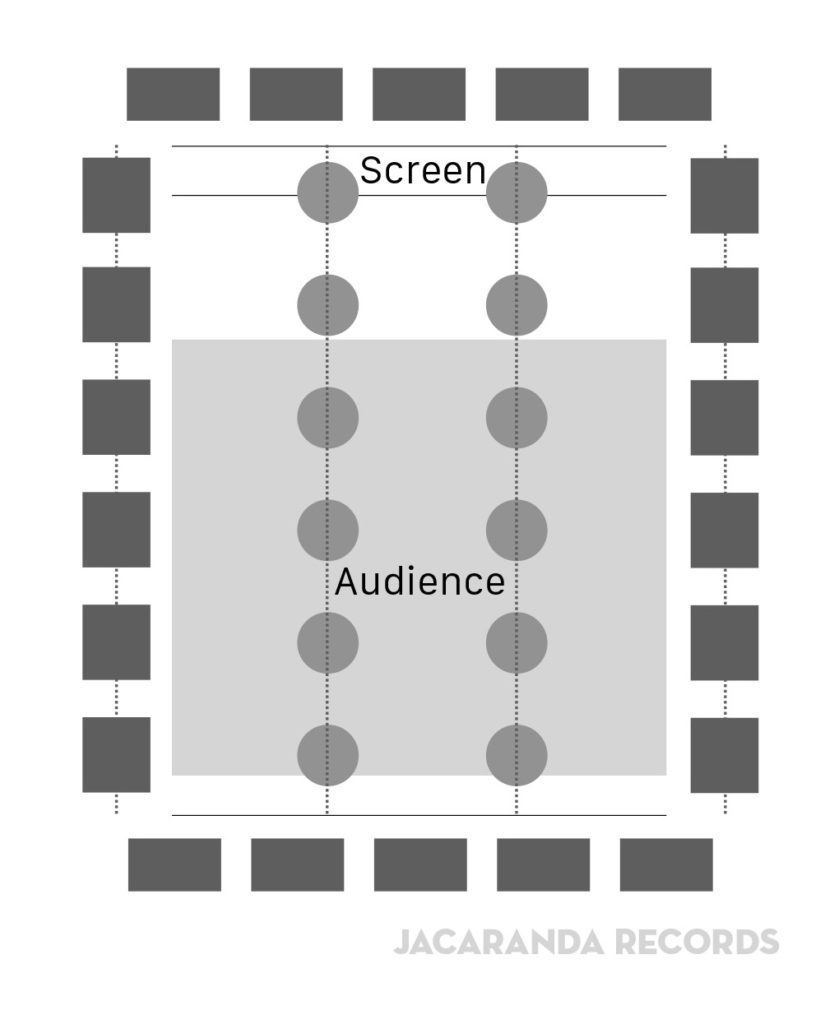
Without going into detail about channel- vs object-based audio, it should be noted that object-based and immersive audio are often confused, and presented in a way that suggests they are not mutually exclusive.
Can I get it at home?
Dolby Atmos, and it’s rivals DTS:X and Auro-3D, are widely available in home theatre AVRs, meaning a Blu-ray with an immersive audio soundtrack can be played back in the home. Here, the typical loudspeaker layout could vary from 16 loudspeakers around and above you – creating a scaled-down but no less impressive version of the cinema – right down to a soundbar with up- and side-firing speakers to simulate there being real loudspeakers behind and above you.
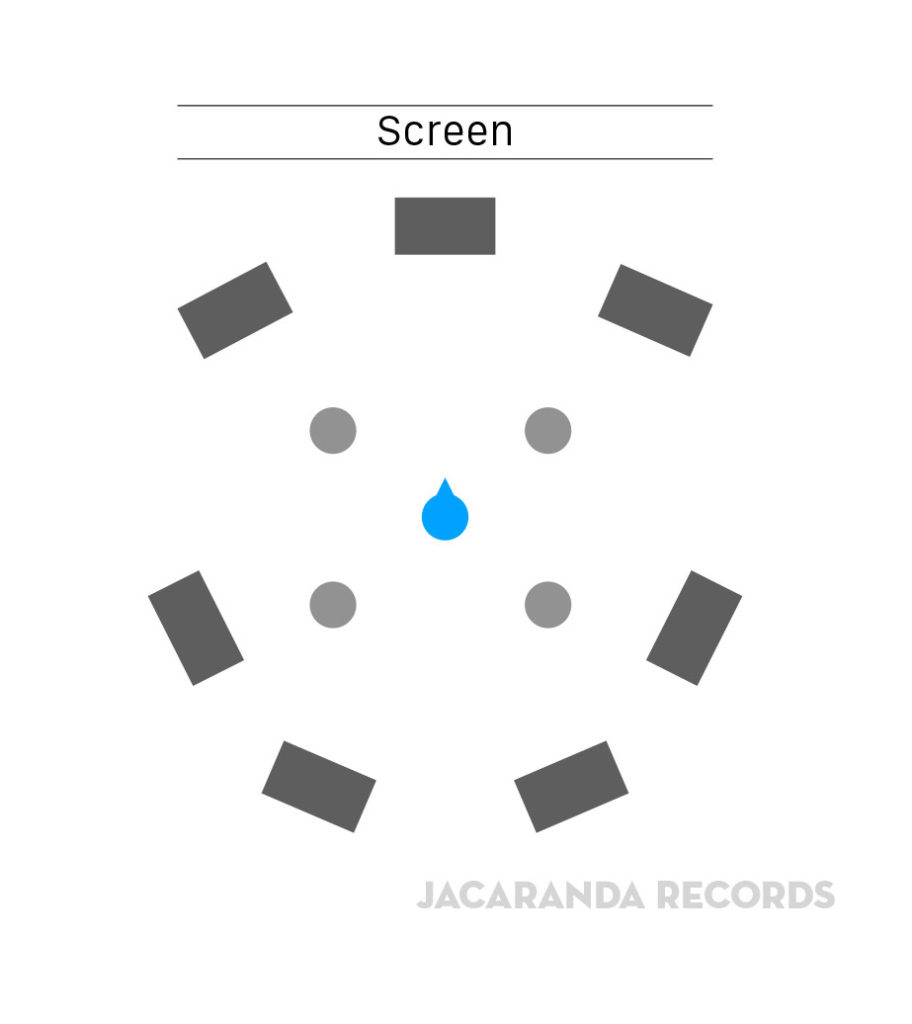
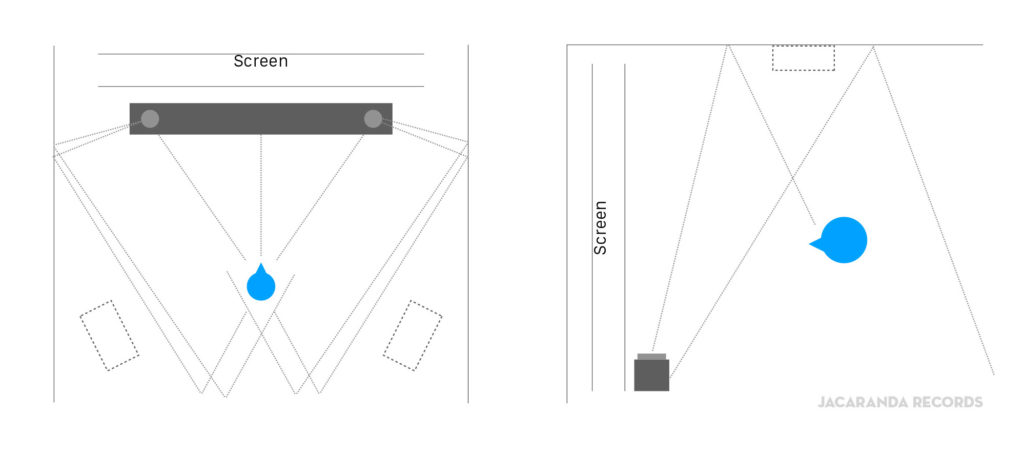
But I don’t have a sound system or home theatre…
Taken a step further, all of this can be scaled down to headphones. Binaural audio allows us to recreate the sensation of being enveloped by sound, over a standard pair of headphones. In the real world we are constantly hearing with both ears, and this is how we localise a sound. A sound that appears to be on your left will be stronger in your left ear, but it will also hit your right ear – albeit softer, later, and duller. This is the core difference between binaural and traditional stereo, and it allows us to simulate the precise location of a sound – be it left, right, in front, behind, above or below. At the end of this process is what appears to be a standard stereo audio track, allowing immersive audio to reach all music platforms.
The future of immersive music
For immersive audio to succeed commercially, and one day replace stereo as the standard format, the experience must be significantly different and significantly better. This means resisting the temptation to simply re-re-re-release catalogue material, and starting to think about how the end format affects the way we make music listening a better experience.
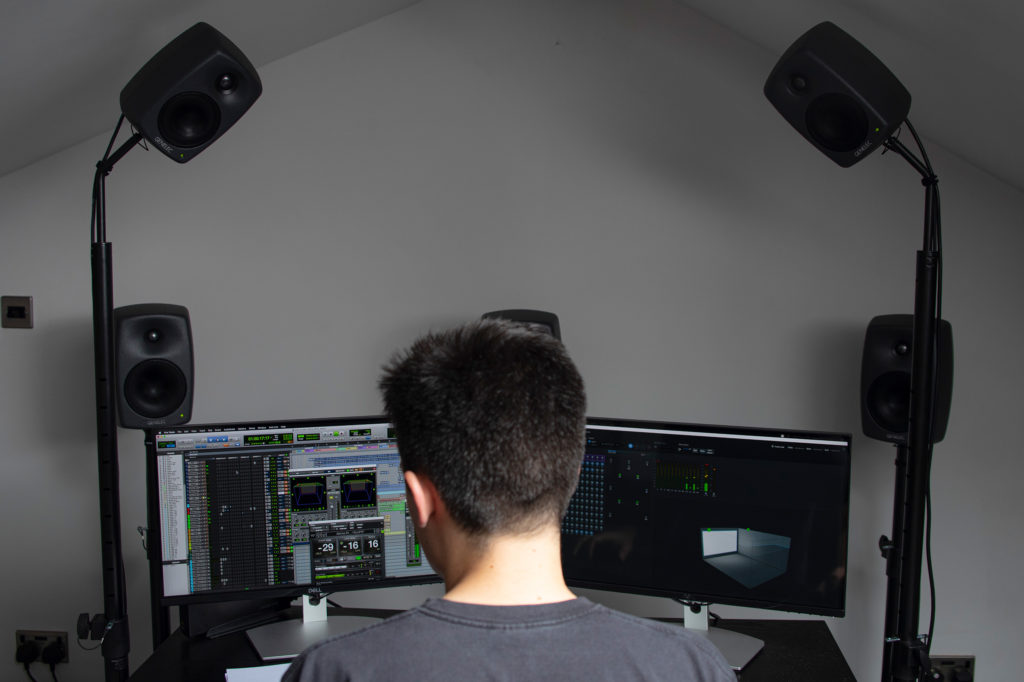
Read more about it here: https://jacarandarecords.com/immersiveaudio/



